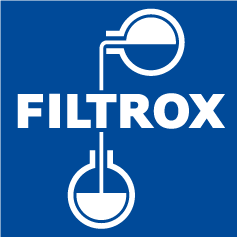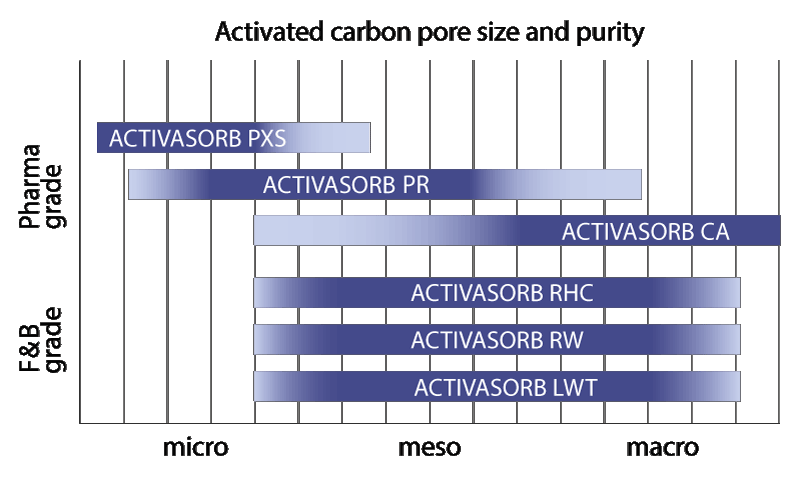
DEPTH FILTRATION WITH ACTIVATED CARBON
Powdered activated carbons (PAC) play a critical role in a vast and diverse range of applications. Decolorization, deodorization or the removal of other trace impurities are amongst the most common applications where PAC are widely used. The application areas are in the pharmaceutical industry as well as in the food & beverage industries. Due to their unique adsorption characteristics, PAC are also used in biotechnological processing and the production of fine chemicals. In order to meet these various demands, a large number of activated carbons are available. These offer different levels of activation, molecular structure and purity levels. Using activated carbon for filtration in an immobilized form (e.g. in a depth filter sheet or lenticular module) provide significant benefits in handling, cleaning and time (cost savings).
FILTROX ACTIVASORB® activated carbon products bring out all the benefits of immobilized activated carbon versus PAC. Furthermore, the adsorption efficiency of immobilized activated carbon is higher than with an equivalent amount of bulk PAC.
Pore size distribution
Activated carbon is a highly porous adsorptive material. So, the numerous pores trap the organic contaminants. Pore sizes vary between micropores, mesopores and macropores. Various pore size distribution patterns amongst different activated carbons, depending on the activation method and the material source involved.
Activated carbon characterization
Pore size distribution of a certain activated carbon is responsible for its specific adsorption pattern. Attributes e.g. iodine number, methylene blue adsorption and molasses number characterize the activated carbon.
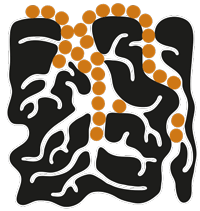 |
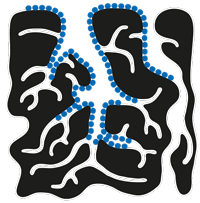 |
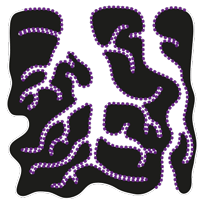 |
